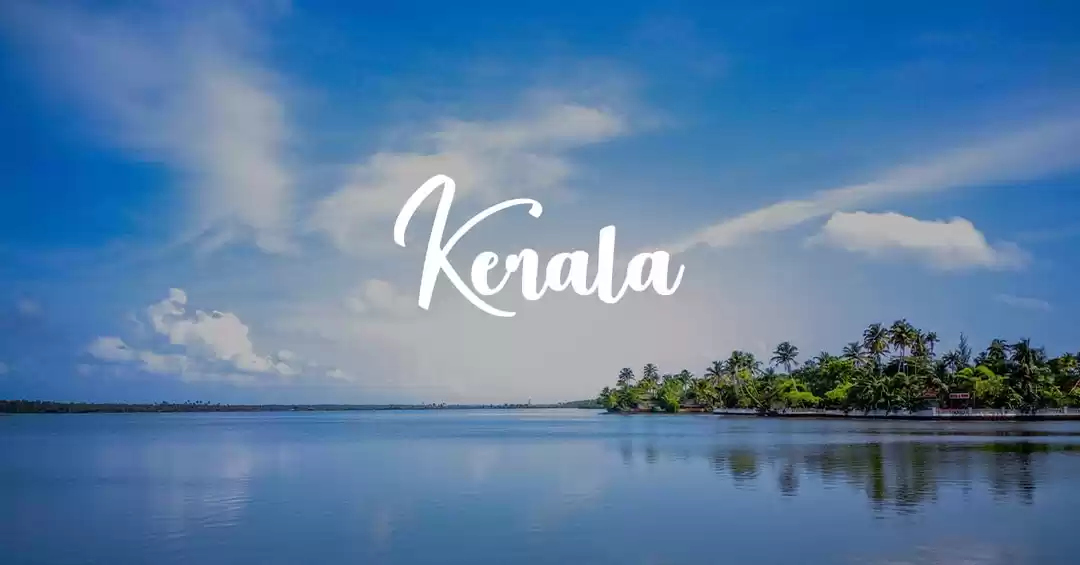Coloring can be more than just a fun pastime—it can be the beginning of meaningful dialogue between children and adults. With drinks coloring pages, young learners not only enjoy expressing themselves through color but also start conversations about what they drink, why it matters, and how different cultures enjoy different beverages. These pages become educational tools that prompt curiosity, encourage questions, and support parent-child or teacher-student engagement.
Stimulating Curiosity Through Imagery
Children naturally ask questions about the world around them. When presented with drinks coloring pages that show a variety of beverages—smoothies, juices, milkshakes, herbal teas, and more—they’re inspired to ask things like, “What’s in this cup?” or “Why is that drink green?” These innocent questions open the door to discussions about ingredients, nutrition, traditions, and even science, depending on how the adult chooses to guide the talk.
Turning Coloring Time into Teaching Moments
Coloring is often seen as a quiet or independent activity, but drinks coloring pages make it an interactive learning experience. While a child is coloring a glass of orange juice, the adult might explain how oranges are turned into juice, or why vitamin C is important. If a child colors a picture of bubble tea, it could lead to a discussion about drinks popular in other countries. Each image serves as a springboard for age-appropriate educational conversations.
Exploring Family Traditions and Personal Preferences
Another benefit of drinks coloring pages is the opportunity to talk about family preferences and traditions. A picture of a steaming cup of cocoa might remind a child of winter holidays at home, while a drawing of lemonade may bring up summer memories. Adults can share stories from their own childhood or cultural practices tied to certain drinks, creating bonding moments rooted in shared experiences.
Encouraging Healthy Dialogue About Nutrition
Healthy habits start with understanding, and drinks coloring pages provide the perfect visuals to explain concepts like sugar content, hydration, and vitamins. Rather than lecturing kids about avoiding sugary sodas, adults can engage them in coloring a water bottle or fruit smoothie and ask them which they think is better for their body—and why. This open-ended, visual style of discussion helps children process and remember nutritional information more effectively.
Great for Group Settings and Peer Learning
In classrooms or group activities, drinks coloring pages also help encourage peer discussion. Children can talk about their favorite drinks, compare colors, and ask each other questions about what they’re coloring. Teachers can turn the activity into a group project, assigning different types of drinks for each student to color and then present. This creates a collaborative environment where everyone learns from one another while developing communication skills.
Promoting Cultural Awareness Through Beverages
Not all drinks are familiar to every child, and that’s part of what makes drinks coloring pages such a powerful educational tool. A child might encounter illustrations of matcha, horchata, or tamarind juice for the first time. These unfamiliar items naturally lead to questions and an eagerness to learn about other cultures. Such dialogue fosters respect, diversity, and global curiosity in a simple yet effective way.
Conclusion
Drinks coloring pages do much more than keep kids entertained. They open conversations about health, culture, family traditions, and individual choices. Whether used at home, in school, or during a group event, they turn a creative moment into a learning opportunity that can shape the way children think about what they drink—and why it matters. Through color, questions, and connection, these pages offer a dynamic path to deeper understanding and shared discovery.














